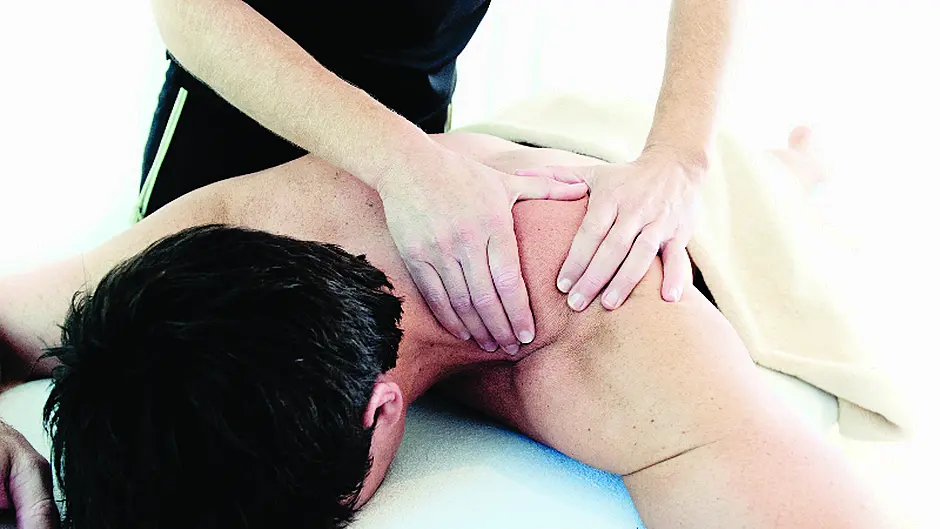Necessary therapy can get to the root of winter aches and pains
JOINT pain can occur at any time throughout the year, but in the cold and wet months of the winter you may find it harder to cope.
When we are cold our body restricts how much blood it sends to our extremities (hands and feet) so that it can focus on supplying vital organs like heart and lungs with the correct amount of blood. This means we lose less heat from blood circulating near the surface of the skin, but it also means our joints get less blood and in some people can cause winter aches.
The soft tissue around our joints is less pliable when it’s cold, so our joints feel tight and stiff resulting in more pain. That’s why physical therapy, deep tissue massage and myofascial manual labour can help hugely with these issues.
Don’t say to yourself I’m going to treat myself to a massage. You don’t treat yourself to a haircut or a shower! It should be a necessity.
If massage promotes blood into the restricted areas and helps you to feel better, then it’s a no-questions-asked situation. Massage therapy, sports massage or deep tissue massage are all a form of pain relief and injury prevention.
Massage can alleviate muscle pain and its associated symptoms, by getting rid of the source of the problem, muscle spasm and trigger points. Relieving muscle contraction, spasm and ‘knots’ (trigger points) using deep tissue massage or dry needling to effectively reduce pain associated with back pain, neck and headaches, leg and hip pain, repetitive strain injuries, shoulder problems and elbow and wrist issues.
Dry needling
Now if you don’t have a fear of needles, then dry needling is the future of therapy. For some issues and complaints you would not be able to dry needle, but for people who suffer from triggers points, muscle stiffness and spastic muscles, then it would really help with the issue.
So, what is it? Dry needling is a form of therapy in which fine needles are inserted into specific areas of the body. The therapist locates trigger points (taut bands) in the muscles and inserts a needle, which can cause a favourable biochemical change that assists in reducing pain.
A trigger point can consists of multiple contracted ‘knots’ which are related to the production and maintenance of pain. Dry needling has been proven to help with golfer’s elbow, tennis elbow, frozen shoulder, hamstring strains and calf tightness and spasm.
So, go ahead and look after yourself if you suffer from bad circulation, tight spastic muscles and/or joint pain. If you don’t look after yourself, no one else will!








